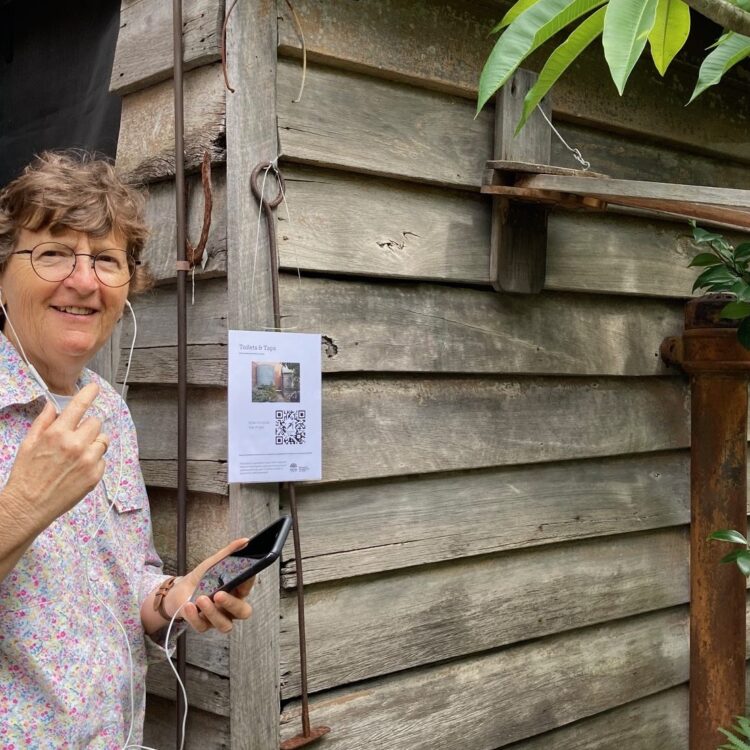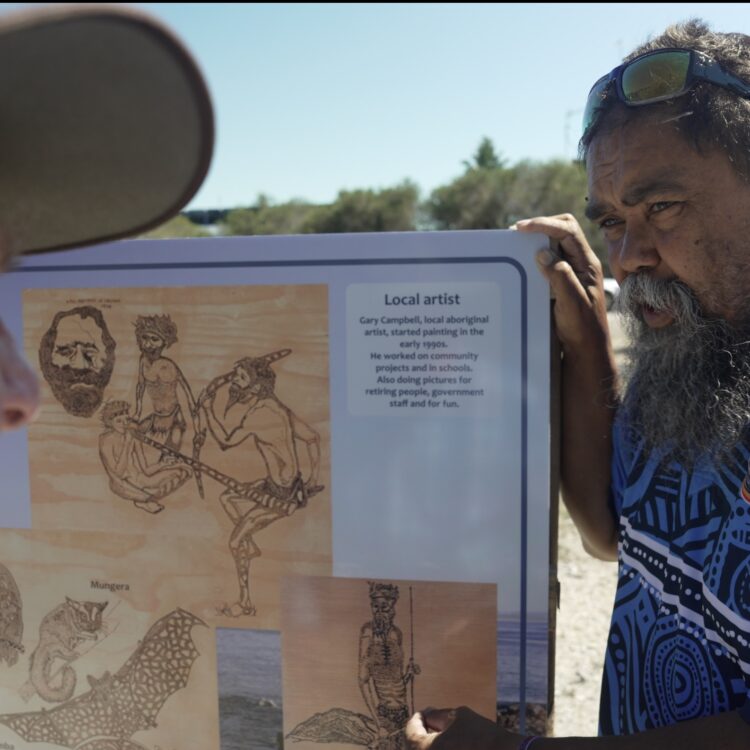
Getting the most out of other peoples' wallets
The ins-and-outs of crowdfunding. Photo: courtesy of Wikipedia Commons
It seems that everyone is talking about it and that the world’s on fire with crowdfunding projects. But the road to fundraising heaven is also littered with failures, burnouts and wasted resources – so how do you get crowdfunding to work for you?
Crowdfunding is a way of funding a project by raising relatively small amounts of money from a large number of people. It relies entirely on the internet and the interconnection between seemingly disparate groups of people connected by social media.
Most crowdfunding organisations operate using one of these models:
- All or Nothing (AoN) – Pledged money is only collected from the contributors if the fundraising goal is achieved. If the goal is not met, no money is collected.
- Keep it All (KiA) – Under this model all of the funds collected, less the commission costs, are given over. If the project fails to reach the target, the recipient is responsible for returning the funds to the contributors.
In recent years, crowdfunding organisations have sprung up to cater for all niches – business ventures, technology development, charity and social change with several sites being dedicated to arts and cultural projects. The big boys on the block are the US based Kickstarter which has raised $958 million for 55,000 projects by crowdsourcing 5.5 million people.
In Australia, Pozible is a popular crowdfunding choice for creative projects and recently M&G went to one of Pozible’s information nights to get their hot-tips for success.
What’s ‘a project’ in crowdfunding land?
- A project is a discreet campaign or program. It must have a start and finish and a tangible outcome. Examples might be to raise funds for the conservation of a museum object or to fund new lighting system for your gallery.
- Pozible uses the all or nothing format which means that if you don’t meet your target you will receive no money.
- You must have a project goal – Pozible doesn’t support general fundraising for organisations.
- Your project must be interesting to others. Think of an interesting, amusing or off-beat angle. The most successful campaigns differentiate themselves against other projects.
- Ask yourself ‘how does my project involve the audience’?
Rewards
- Campaigns rely on ‘rewards’ – small incentive prizes for people who fund the project at higher amounts.
- Rewards encourage people to donate set amounts of money.
- Try and get donations from a sister organisation or corporate sponsor as rewards.
- Experiential rewards are popular e.g. cooking a BBQ or meal at the contributor’s house or giving a ‘Gaffer hug’ by wrapping someone in gaffer tape.
- Ideas for rewards for museums might include a season ticket, a ‘curator for a day’ opportunity or labelling a favourite object with the contributors’ names.
- Stagger rewards over time so as not to lose momentum.
- Pozible reports that $50 is most popular reward amount, followed by $100 then $25.
- Don’t forget to add postage for your rewards onto your budget – if you are sending tee-shirts or magazines through the post, costs will be significant.
Before launching your campaign
- Define the audience who will support the campaign outside your inner circles. While having an active Facebook page is a must, it is not enough to ensure success. Target others sources – bloggers, similar organisations, newspapers and traditional media as well.
- Nominate a campaign manager – this person must be available throughout the campaign and ready to respond to contributors and post updates regularly. Must be social media savvy.
- Successful campaigns have at least two people managing the project – as the deadline draws nearer a quick response to donors and updates on the project are critical.
Tools
- In the Pozible world, Facebook is the most important social media channel. Many projects open a specialised page for the project.
- Use the image dependent social media channels, such as Instagram and SnapChat to support your Facebook page. Bondi Rescue recently generated 20% of their total campaign funds by asking people to ‘snap chat’ with them on the beach and then posting the images on Instagram.
- Don’t underestimate the importance of email as it is a more direct and personal approach than Facebook and one that crosses several generations of technology user.
The importance of a good video
- Pozible reports that 80% of successful projects run with a 1-3 minute video, and that videos with inclusive language consistently outperform others.
- When making your video be sure to script the main points and keep it short and dynamic to cater for peoples’ short attention spans.
- Describe the project in the video and what you will do with more money if you earn over the target.
- Remember to talk to the audience, not at them. Preview video to your friends before posting on your campaign page. Your page can have multiple videos.
- Post video to both Youtube and Vimeo and ensure the link goes to the Pozible page which provides all the up-to-date information and progress on funding targets.
Timeframes
- Choose a short timeframe when seeking small amounts of money.
- For amounts over $10,000 choose a 6 week timeframe.
- Aim to achieve 30% in first 3 days!
- All projects should have regular updates, planned and prepared for use throughout the campaign.
- All projects have peaks and slumps which is why monitoring the campaign is important. Be ready to post an update when there is a slump.
Crowdfunding organisations are businesses in their own right and so need to make a profit from your project. Your project targets should include the 5% Pozible fee and credit card transaction costs.
For another point of view on Crowdfunding, have a look at this blog. It’s an empassioned plea to do it right!
Have you successfully raised funds through crowdsourcing? Let us know your story.



